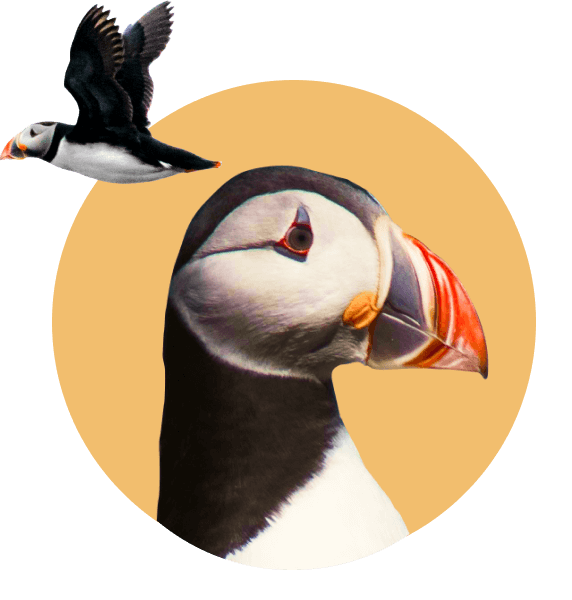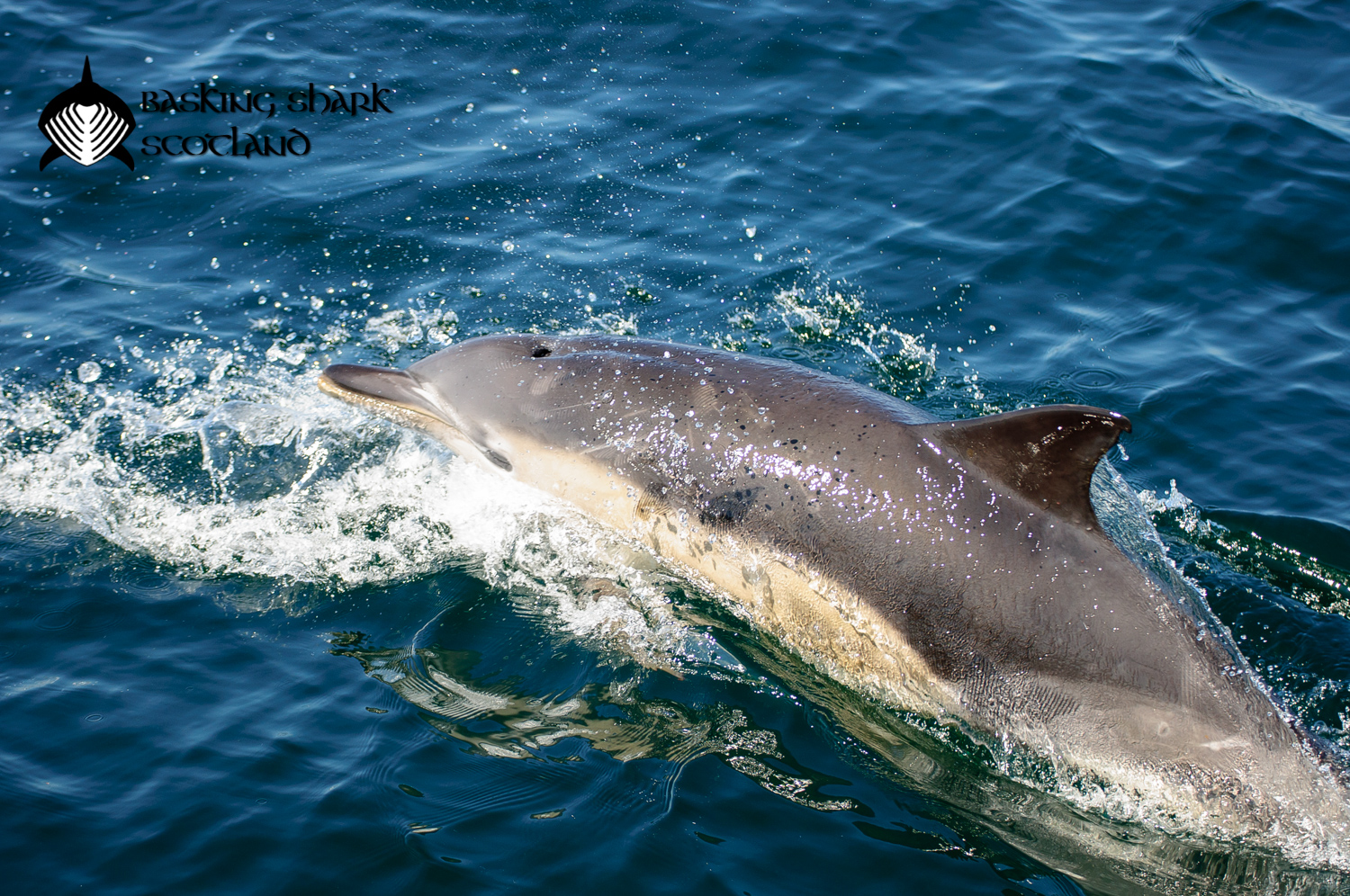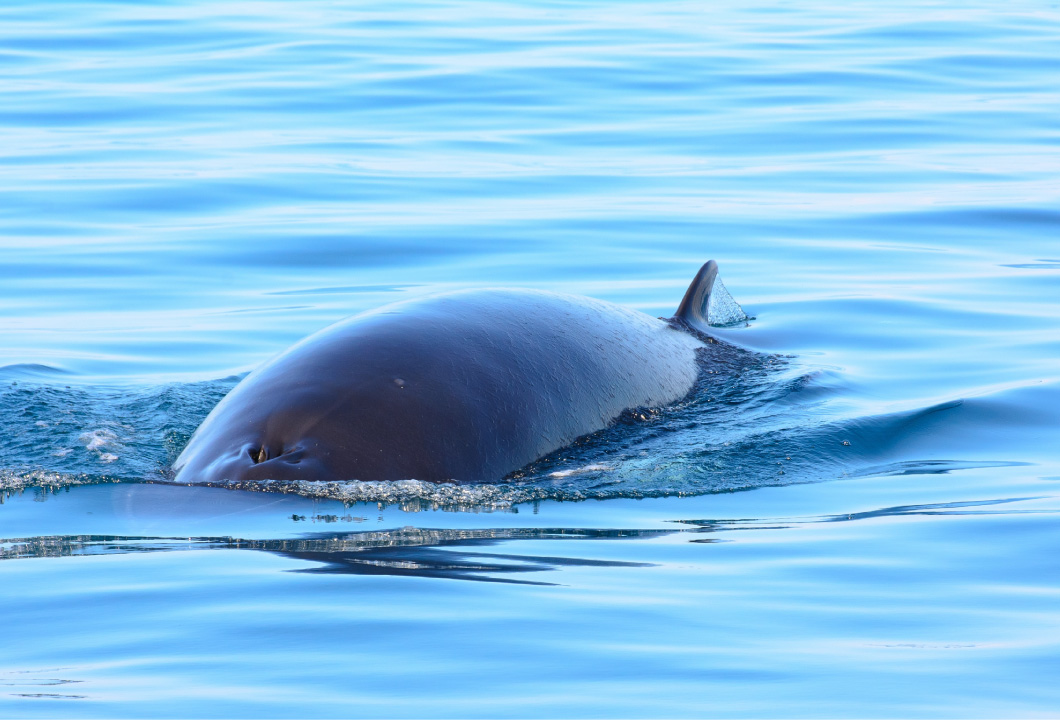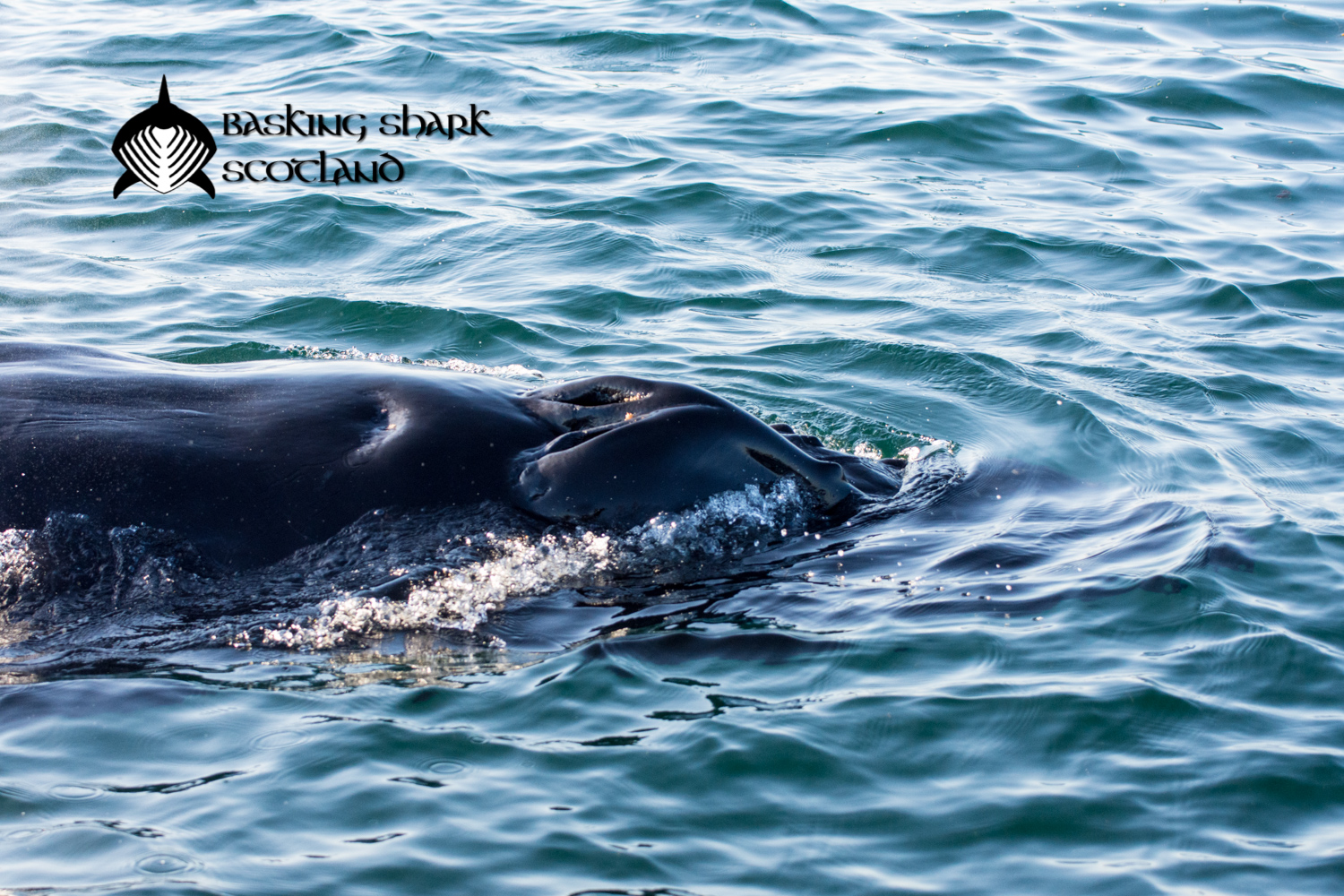
Top 5 Whales & Dolphins around Oban & The Hebrides!
Jan 06 2020

Top 5 Cetaceans around Oban & The Hebrides
We’re lucky to operate in an area with a high number of whales, dolphins and porpoises. Some are resident in our waters year round, others migrate here for the summer, and others are transient and pass by from time to time. This is our top 5 list of cetacean species. We couldn’t agree on how to number them, so they are listed alphabetically!
Bottlenose Dolphin
The bottlenose dolphin is our largest dolphin species, excluding the rare orca, we have two resident populations on our doorstep. One usually can be seen around the Isle of Mull and the other in the waters surrounding Barra. With our summer base on Coll being located in the middle of the two, we sometimes see members of both groups. These dolphins are present in many locations around the world, but the ones living in the Hebrides grow much larger than their warmer water cousins, up to 4 metres in length. They are the most northerly located population of this species, and to cope with our temperate conditions have grown super size! These dolphins are very social and we see them both offshore and very close to the coast. We’ve watched them socialise, hunt, play, mate, and interact with us. Like common dolphins, they will ride the boat’s wake and can be very acrobatic. However, being much larger they are a very impressive sight, especially when they leap clear of the water!
Common Dolphin
Short-beaked common dolphins are one the more spectacular dolphins we see during summer. They are the typical dolphin shape with a lovely yellow hourglass pattern on their side, reaching over 2 metres in length. They’re highly acrobatic and actively seek out interactions with the boat. They visit the rich waters of the Hebrides in summer but offshore they can sometimes be seen year-round. They are a pelagic species, commonly found in open water away from the coast, during optimal feeding times can be seen in super pods of many hundreds. We can hear them communicating through the hull of the boat as they play and will brighten up even the lousiest of Hebridean weather. We filmed a pod beside the boat one summer using a go-pro only ( just holding it and sticking it in the water from the boat). We captured some great underwater footage,See here for that video.
Minke Whale
The minke is the most common of the whale species we see around the Hebrides, and during optimal feeding conditions, they can be very abundant. They grow up to around 10m long and are the smallest of the baleen whales we see around the UK waters (the pygmy right whale is smaller but lives in the Southern Ocean). Our minkes can come very close to the boat, which allows you to see the white flashes on the pectoral fins as they swim beneath the surface. They surface for multiple breaths between diving, where they make short dives before reappearing. When there is an abundance of food lunge feeding is an exciting behaviour to see, they are also known to breach, but we haven’t seen that ourselves (yet!). They are normally found in areas of deep water, but we have seen them in very shallow water which was a very strange occurrence! Our favourite encounter was when we spent a few hours with one individual during calm seas. Our dingy was on the back of the boat rubbing on the RIB tubes with the water movement. This led to a squeaking sound which the whale found very interesting, so much so that it hung around underneath the boat for ages! We have had very similar occurrences but never again as close as that – you could have put your hand in the water and touched it (though we never would!). This is a cool video taken during some epic weather in the Hebrides when a minke came very close to the boat too. See here.
Orca
The champion of all cetaceans in the area we would argue! On the west coast, we have a unique group of orcas, however, their existence is also a sad one. From studies, 8 individuals belong to this pod, but unfortunately, there are only a couple who have been seen in recent years. The biggest in the pod is John Coe, a bull of over 9m long who is a hugely impressive individual! With the unfortunate demise of Lulu in 2018, the results from the necropsy showed her tissues were so polluted with heavy metals that her carcass had to be disposed of as toxic waste. These orca prey on a mixture of seals and small cetaceans, feeding on animals that are near the top of the food chain and individually already also have a high dose of contamination. This process is called bio-accumulation and since these toxins are present in the ecosystem through human industrial legacy, there is very little we can do about it. You need to be in the right place at the right time to come across these orca, they aren’t the animal that you go out and look for. Some people that have worked on boats in these parts all their lives have never seen them! They are dying out and will probably be extinct in our lifetime, so if you are lucky enough to see them, then you are truly privileged!
Risso’s Dolphins
Risso’s are perhaps the most obscure-looking dolphin that we see, in that they look quite different from the others. Their bodies have lots of scarring and their heads are quite different from the beaked head of the bottlenose and common dolphins. Their large dorsals can be spotted from a distance and they can be very acrobatic, but they can be shy too. They are a large species and grow to nearly the same size as the bottlenose dolphins – just shy of 4m long. It’s only in the last couple of years, we have had more sightings of them around Coll & Tiree, as for many years we had no sightings whatsoever with them being more well know around Lewis. They are better known for inhabiting deeper water where they dive to the depths to hunt. Our sightings of them during the summer have been in shallower water, and they are usually in large pods.
Because five just isn’t enough, here are a couple of extra very rare sightings, wo incredible species to see!
Humpback Whale
It does seem a shame to leave them out of the main list as they are super awesome animals! But they are seen so rarely by us around the Inner Hebrides, then it’s only fair they shouldn’t be in the top 5. Humpbacks do come past the west coast on their migrations, and we would most likely encounter them out in the islands. However, the rare times we’ve seen them have been around the Oban coast, once when one ended up in the marina where we keep out boats, the other time just off Kerrera! Thankfully on both occasions, they made their way out to sea unharmed! We have since had two incredible sightings of humpback whales in the Hebrides, putting on amazing displays of feeding behaviour, a really lucky day for those on board.
Sperm Whale








